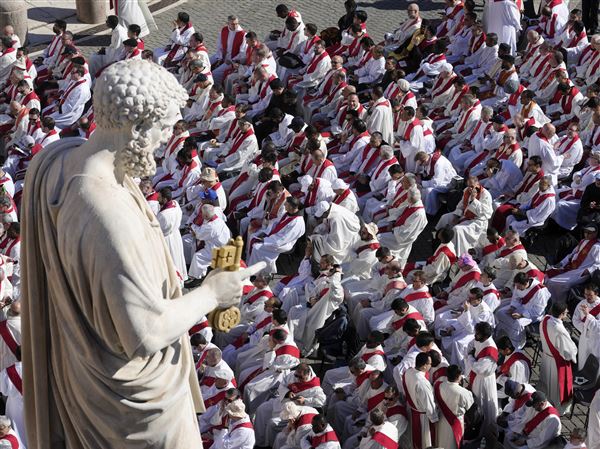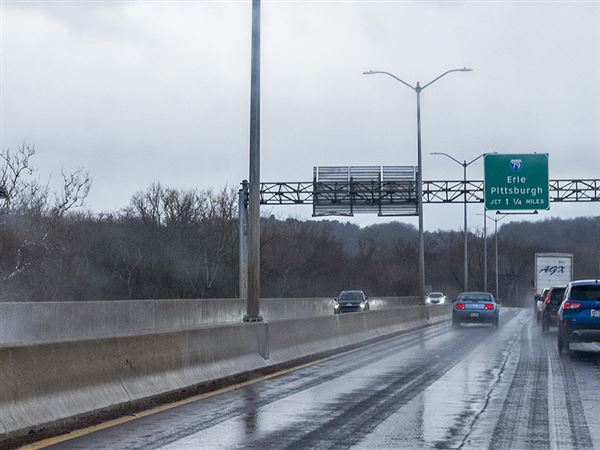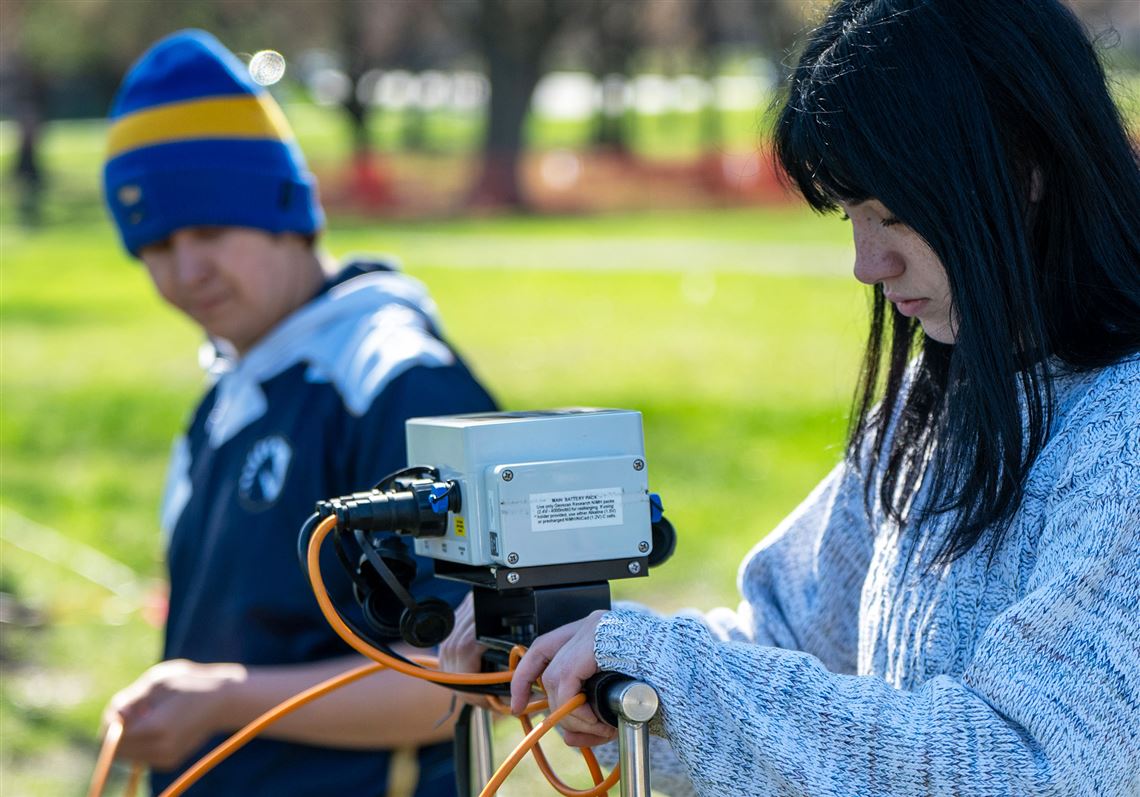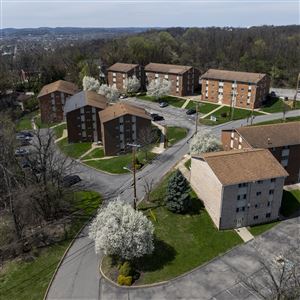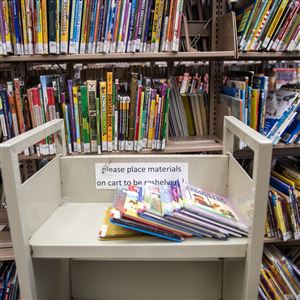Several University of Pittsburgh students ran through Westinghouse Park on Sunday morning, carefully laying cables for different geophysical machines and meticulously staking ropes into the ground to create an archaeological grid.
The undergraduate students were conducting an underground survey of part of the Point Breeze North park, the former location of George Westinghouse’s home, “Solitude at Homewood.”
The famed inventor had built a subterranean laboratory under his property, but the students on Sunday were searching for clues to another building that might have occupied part of the former estate: a groundskeepers’ cottage.
“I like that we’re doing a cottage where a groundskeeper might have lived. … A lot of archaeology you focus on the kings and stuff,” Madison Holcomb, a 19-year-old freshman, said. “Everyone knows about King Tut. More archaeology now is focused on the everyday people. I think that’s really important.”
Westinghouse Park today is a 10 acre green space with a basketball court and a playground. But before that, Westinghouse purchased the property in 1871 to build an estate for himself and his wife, Marguerite, city documents show.
Initially, the property only included the parcel closest to the nearby railroad tracks. Westinghouse in 1881 acquired the adjacent 5-acre parcel. When the estate was fully built, it featured the mansion, greenhouse, stable house and other buildings. Below ground, in addition to the secret laboratory, Westinghouse built at least one tunnel, which connected the mansion to the laboratory.
During his time living at the estate, Westinghouse drilled three natural gas wells on the property, and used his house to experiment on residential gas, electrical power and telephone transmission, records show.
When Westinghouse died in 1914, the land was given to his son George III. Four years later the property was sold to the Engineers’ Society of Western Pennsylvania, which transferred it to the city of Pittsburgh for use as a public park. By 1919, the house was demolished to make way for the park that continues to be used by city residents today.
Now, Pitt students are hoping to unearth more of the history behind — and below — the park.
The project began after The Westinghouse Legacy, a nonprofit that supports the century-old park, last April approached Bryan Hanks, a professor in Pitt’s anthropology department. Mr. Hanks for about 10 years had been leading an archaeology course where students would conduct free archaeological studies and digs at different historical sites.
Around that time, the city of Pittsburgh was contemplating further development of the park through additional shrubbery, trees and pathways. But in order to complete those improvements, an archaeological assessment needed to be completed, Mr. Hanks said.
The survey at Westinghouse Park — part of which is funded through the Center for Comparative Archaeology at the University of Pittsburgh — officially kicked off during the fall semester and included eight students. The spring semester has seven.
So far, students have used four geophysical machines that use radar and other detection methods to capture images of what is left underground of the former mansion and tunnel.
“They all measure some different properties of the earth’s surface and the soil beneath,” Mr. Hanks said. “So we look at the responses from the different instruments. Sometimes one will work well, maybe not, but the other one might work better. And so with all four of them we’re able to produce a pretty detailed picture of what is there.”
They are now using historical documents and other clues such as depressions in the ground to help find where the cottage might have stood, and to investigate the second tunnel.
Moving forward, Mr. Hanks is working with the city of Pittsburgh to get permission to conduct a small-scale excavation of the site.
But for now, students are focused on learning how to survey a possible archaeological site.
On Sunday, after spending nearly an hour setting up the ropes that will help guide the instruments, the students sat on the pathway, recording the day’s conditions such as the weather and temperature, if the grass is wet or dry, what the soil is like and if there are any trees in the area. The session was led by graduate student Emily Eklund.
“This is one of the spots that everyone’s a little bit interested in because we know so much about George Westinghouse and his family,” Ms. Eklund said. “We don’t really know anything about whoever was potentially living” elsewhere on the grounds.
In addition to learning more about Pittsburgh’s history, the course also gives Pitt students the chance to earn field experience for the price of a three-credit course.
Typically, Ms. Eklund said, field schools can cost between $3,000 and $7,000.
That investigation is helping students gain crucial experience to help them prepare for their futures, Mr. Hanks added. Students in the course have already presented their work at a Pitt research fair and Mr. Hanks is hoping to publish their findings in a regional journal.
“It’s the best thing to be able to teach students in the classroom, bring them to the field, make them feel like they’re part of the team and then to produce something that has their name on it,” Mr. Hanks said.
Isabel Darrow, a 26-year-old Pitt student, hopes to pursue similar work in her future career.
“It’s really exciting for me to be a part of something,” Ms Darrow said. “This is honestly a really rare program to be able to be involved on this level as an undergraduate, so very exciting.”
Ms. Holcomb, the 19-year-old student, said she’s learning skills and tools that some of the industry’s biggest employers use.
“It’s just cool,” Ms. Holcomb said. “I really like getting to actually do stuff. It’s good to learn about it but it’s better to do it.”
First Published: April 13, 2025, 8:17 p.m.
Updated: April 14, 2025, 4:49 p.m.

